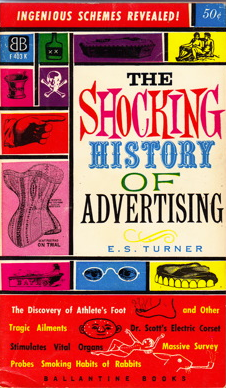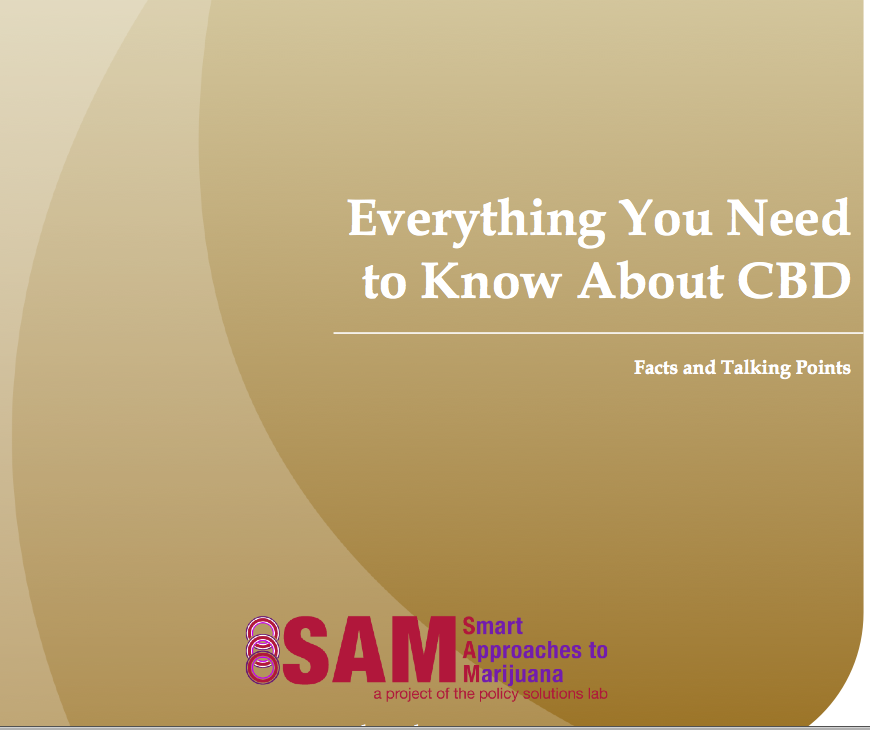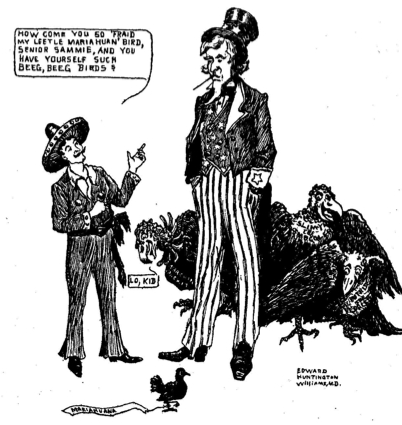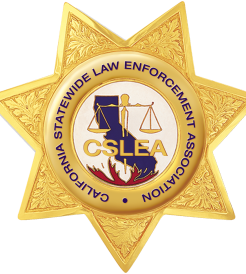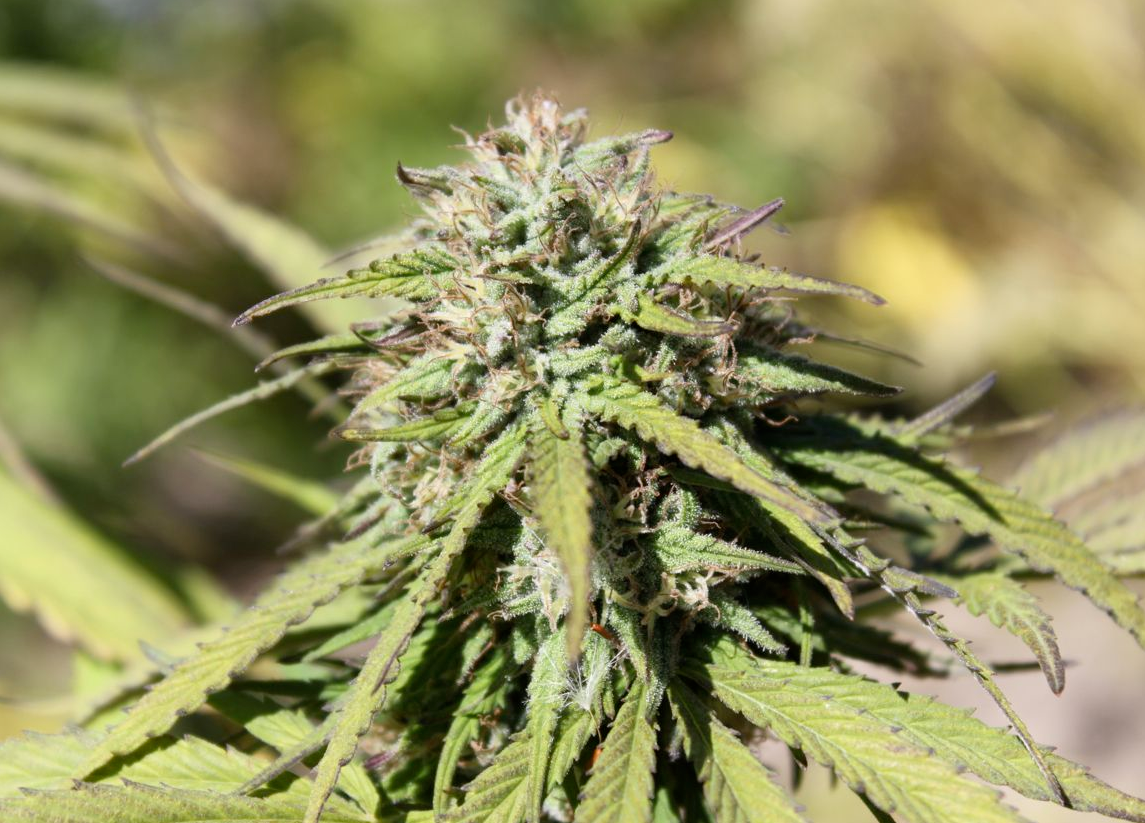In The Shocking History of Advertising by E.S. Turner we came across this concerning the post-civil-war period:
“To any rising advertising man in America at this time, it would appear that the patent medicine field offered a great professional opportunity. This is admitted by Claude C. Hopkins in My Life in Advertising… Hopkins is one of the few who have given patent medicine manufacturers any credit for their honesty, and it is only fair to quote his tribute. “I have never known higher-minded men than those who engaged in these enterprises,’ he says. “They felt that they were serving humanity by offering good remedies for common conditions at very modest cost. They were aiding those who could not afford physicians. There was much reason in their arguments. Every medicine maker received thousands of testimonials. And I still believe that those medicine makers did far more good than harm.”
The last third of the 19th century is when cannabis as a medicine was approaching its peak usage in the U.S. Undoubtedly the herb was a component of some patent medicines, maybe the predominant one in some. If an analytic chemist could obtain samples of the leading patent medicines of the day and test them for cannabinoid residue… I’d start at the Smithsonian… Are there extant bottles of Dr. Rowell’s powder? Dr. Brandreth’s? Dr. Hembold’s? (Hembold was the “Prince of Druggists.”) Assuming you got some products to test, if you got a hit, it would be a big story. And if you didn’t, it would be a small story. But as they say in LA, as long as they spell it right.

